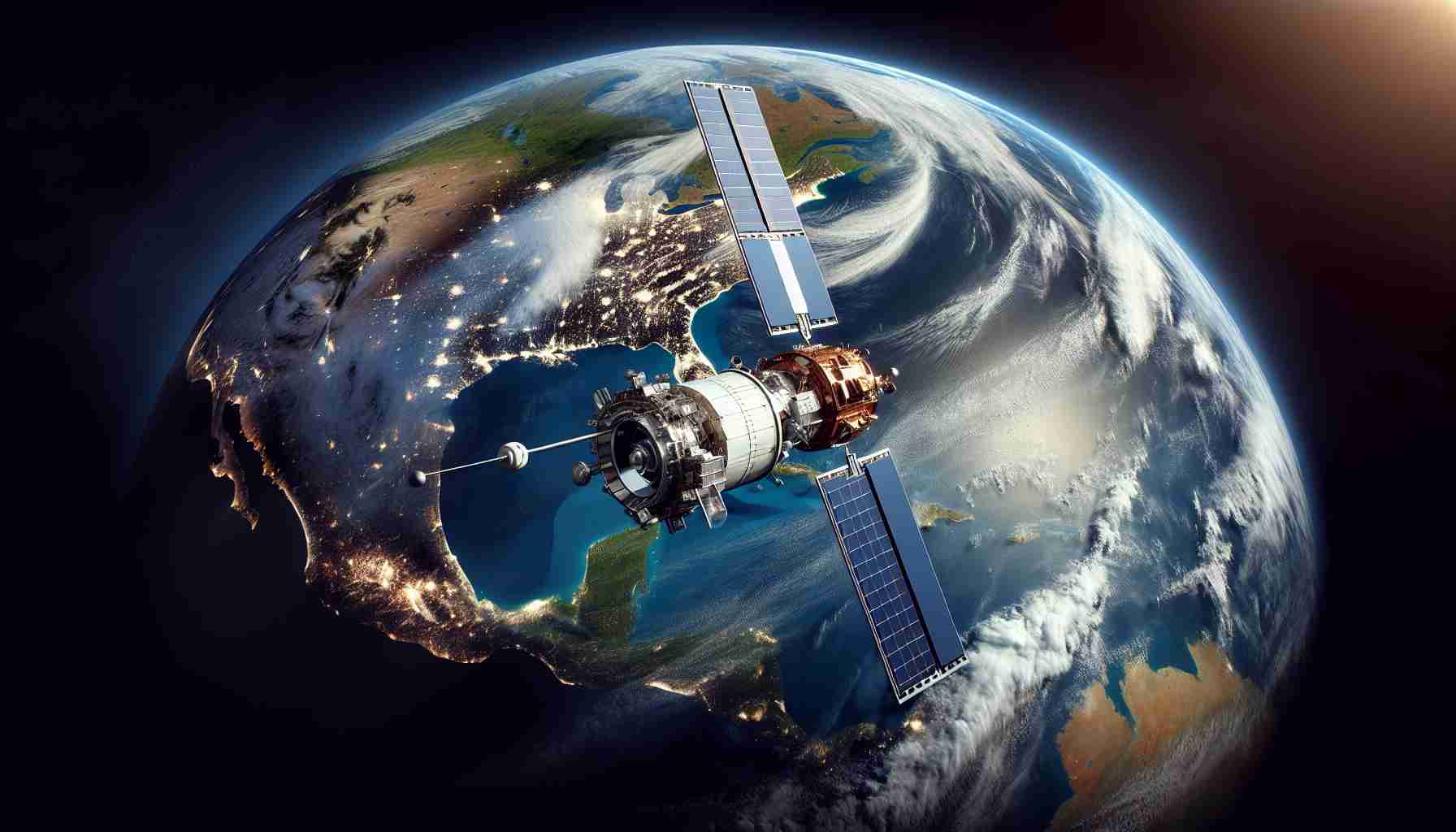
While many space programs primarily focus on areas beyond our planet, they also play a crucial role in monitoring Earth’s environment. Agencies like NASA and the European Space Agency actively track various terrestrial phenomena, including climate-related changes driven by human activities. This involves scrutinizing factors such as greenhouse gas emissions, deforestation, and seasonal shifts in polar ice.
Since the deployment of Landsat satellites in 1972, valuable data has been collected regarding the alterations occurring on Earth’s surface. The findings reveal alarming trends: polar ice is diminishing, biodiverse ecosystems are under threat, and ocean pollution is escalating. Despite this wealth of information, an essential question arises—why has actionable change not followed?
Recent discussions among experts emphasize the need for greater accountability in addressing climate issues. One proposed solution is the integration of satellite data with information from ground-based sensors to create a comprehensive Earth observation network. This approach could assist in pinpointing significant greenhouse gas emission sources and enabling collaborative solutions involving policymakers, landowners, and civil society.
Moreover, the importance of open-source data is highlighted, as it encourages transparency and promotes cooperative efforts to mitigate environmental harm. Innovative initiatives, such as using satellite imagery to monitor illegal fishing, demonstrate the potential of these collaborations. Ultimately, transitioning from fossil fuels to renewable energies hinges on political resolve and economic incentives that align with climate objectives, essential for a sustainable future amid rising global energy demands.
Earth Monitoring: Satellite Insights and Climate Action
Satellite technology has revolutionized our understanding of the Earth and its climate systems. As global temperatures rise and weather patterns shift, the importance of precise and continuous monitoring becomes ever clearer. Notably, the role of satellites extends beyond mere observation; they are integral to crafting effective climate policies and understanding ecological impacts on a global scale.
What are the key benefits of satellite monitoring in climate action?
1. Comprehensive Data Collection: Modern satellites provide near real-time data across vast geographic areas. This data includes atmospheric measurements, land use changes, and ocean temperatures, which help scientists assess climate change impacts more accurately than ground-based observations alone.
2. Long-term Monitoring: Satellites can gather data over decades, allowing scientists to track changes over time and identify long-term trends that inform climate models. This historic perspective is essential for understanding the trajectory of climate shifts.
3. Global Coordination: Satellite technology facilitates international collaboration. Nations can share data and insights, fostering a more unified global response to climate change. Programs like the Global Climate Observing System (GCOS) exemplify this global effort.
What are the key challenges or controversies?
1. Data Accessibility and Misinterpretation: While satellite data can be incredibly powerful, the complexity of interpreting this data poses challenges. Misinterpretations can lead to misguided policies or public confusion about climate issues.
2. Funding and Resource Allocation: Many satellite programs require significant funding, which can be contentious. Debates over budget allocations can hinder the development and deployment of essential monitoring systems.
3. Technology Disparities: Not all countries have equal access to satellite technology. This discrepancy can limit data sharing and insights, creating gaps in understanding environmental issues in less economically developed regions.
What are the advantages and disadvantages of using satellites in climate monitoring?
Advantages:
– High Coverage: Satellites can monitor remote or inaccessible areas of the Earth, providing a broader survey than ground-based methods.
– Real-time Monitoring: Instantaneous data transfer allows for timely responses to environmental changes, such as tracking natural disasters or pollution events.
Disadvantages:
– Cost: The launch and maintenance of satellites can be prohibitively expensive.
– Dependency on Technology: Power outages or malfunctions can disrupt monitoring efforts, highlighting the vulnerability of high-tech solutions.
Conclusion
In conclusion, satellite technology stands at the forefront of Earth monitoring and climate action, offering tools essential for understanding and addressing climate change. While there are significant challenges, the potential benefits in policy formulation and effective environmental management are immense. Efforts must be focused on investment in satellite technology, improving accessibility to data, and ensuring collective action across borders. As the climate crisis escalates, leveraging satellite insights may be pivotal for facilitating meaningful change on a global scale.
Suggested related links: NASA, European Space Agency



